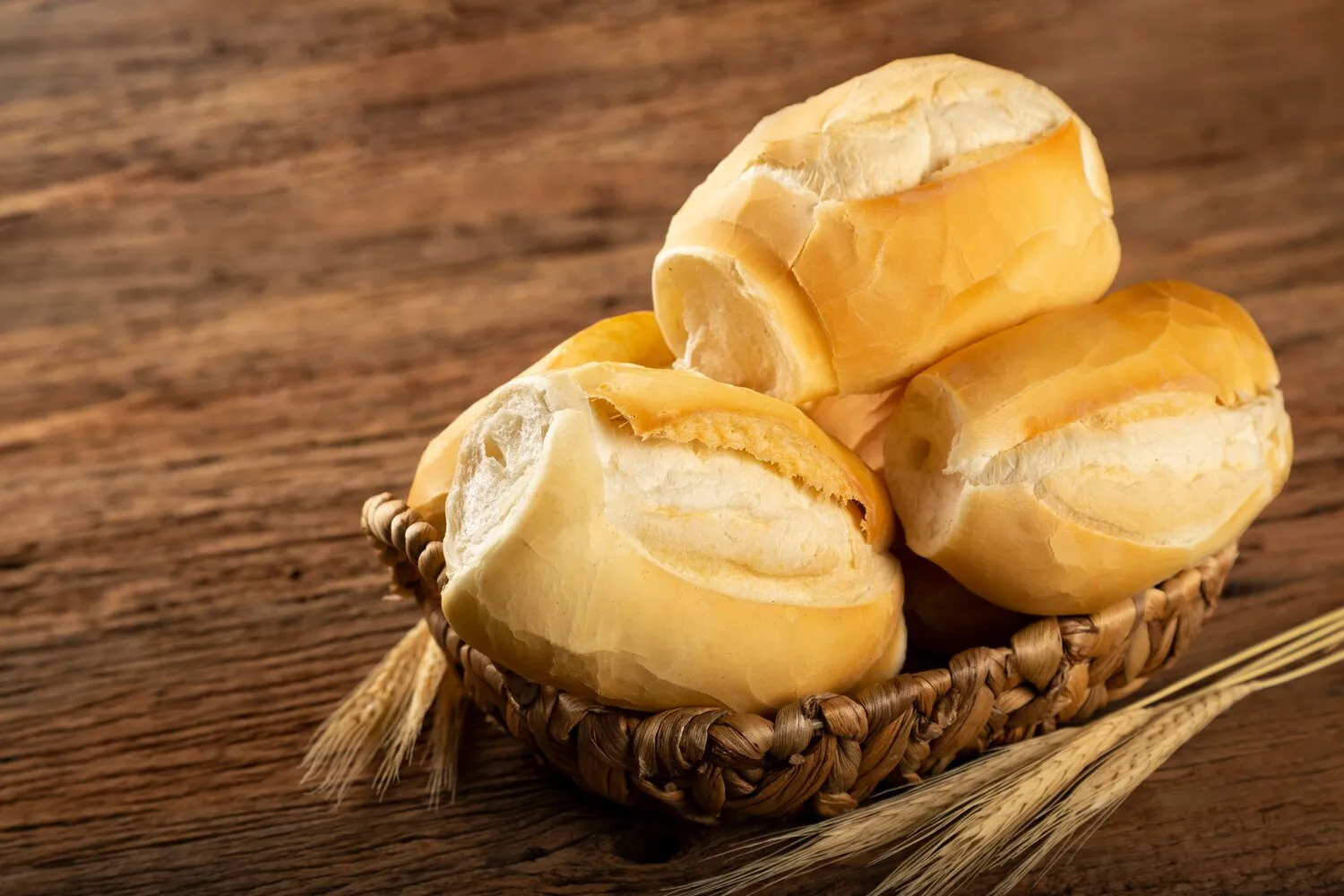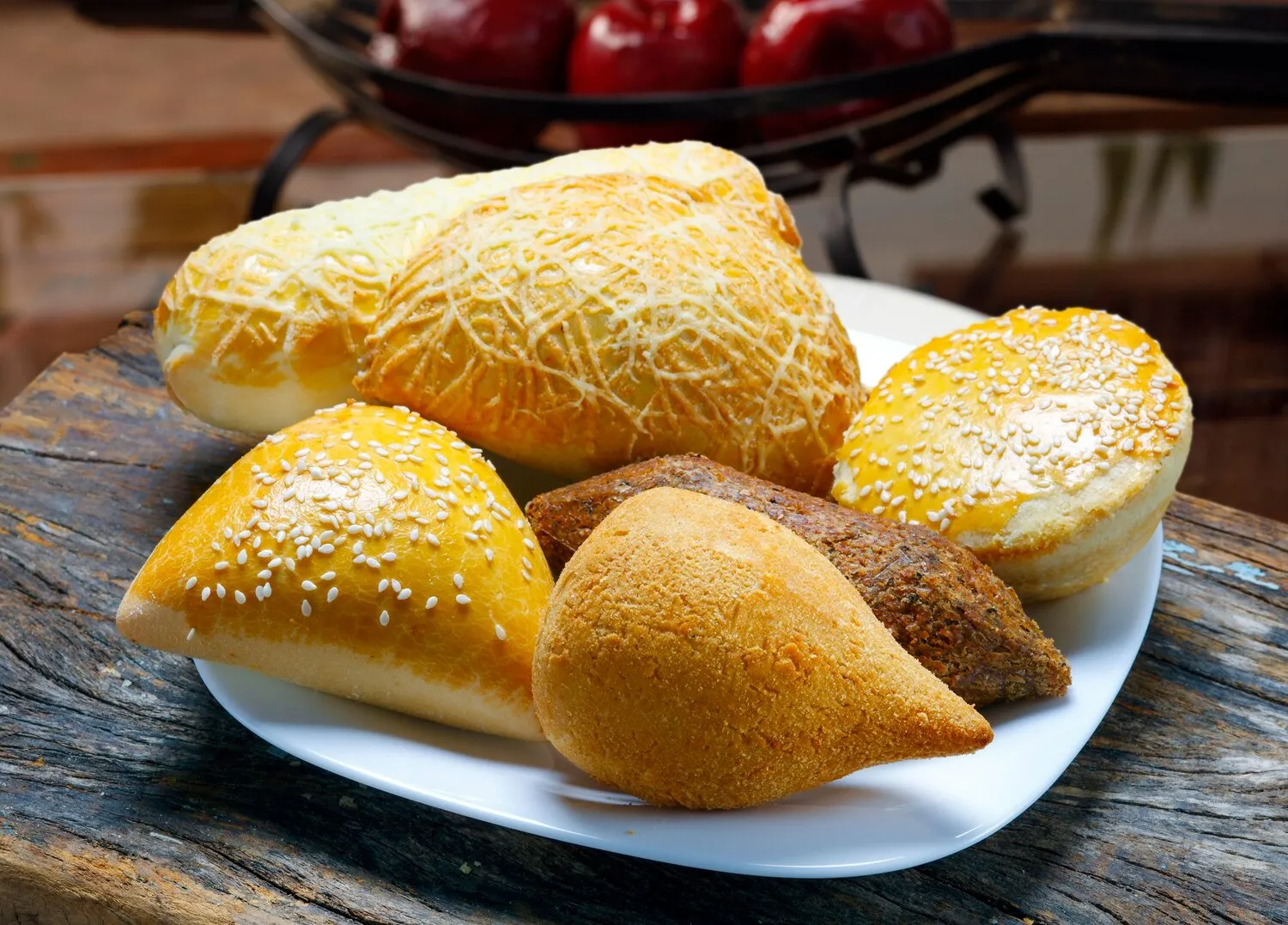
Pães Artesanais
Artisanal breads selection.
Nutrition Facts
* The % Daily Value (DV) tells you how much a nutrient in a serving of food contributes to a daily diet. 2,000 calories a day is used for general nutrition advice.
Além do Trigo Delicatessen
Bread has been a staple in Portugal since Roman times, with various regional styles evolving over centuries. Influences include Moorish baking techniques, transatlantic trade introducing new grains, and the adaptation of traditional methods by small, family-owned bakeries, preserving unique regional recipes and techniques.
Artisanal bread holds a significant place in Portuguese culture, representing tradition, community, and the importance of simple, wholesome foods. It's often served with meals, used to mop up flavorful sauces, and enjoyed as a simple snack.
Family Tradition
Many traditional bakeries are family-owned and operated, passing down recipes and techniques through generations, emphasizing the importance of preserving culinary heritage.
Regional Variations
Each region in Portugal boasts its own unique style of bread, reflecting local ingredients and baking practices, contributing to the country's rich culinary tapestry.
Celebratory Bread
Certain breads are baked for specific holidays and celebrations, often incorporating symbolic shapes and decorations, reflecting the cultural significance of bread in festive occasions.
The flavors of Pães Artesanais are incredibly diverse, ranging from simple, rustic loaves to complex, flavorful creations. Common flavor profiles include nutty, earthy, tangy, and subtly sweet, depending on the grains, fermentation process, and added ingredients.
Ingredients such as rye, wheat, corn, and even chestnuts are used to create a variety of breads. The slow fermentation process often enhances the natural flavors of the grains. Many loaves incorporate additions like olives, herbs (rosemary, thyme), seeds (sunflower, sesame), or even cured meats (chouriço) for added depth and complexity. Sourdough starters are frequently used, contributing a distinct tang and chewy texture. Different regions specialize in specific grains and baking techniques, creating unique flavor profiles.
Storage
Store artisanal bread in a paper bag or bread box at room temperature to maintain its crust and texture. Avoid plastic bags, which can cause it to become soggy.
Reviving Stale Bread
Slightly stale bread can be revived by lightly sprinkling it with water and placing it in a preheated oven for a few minutes.
Serving Suggestions
Artisanal bread is best enjoyed fresh. Slice it just before serving to preserve its aroma and texture. Pair it with olive oil, cheese, or charcuterie for a simple yet satisfying meal.
Explore additional Bakery dishes and restaurants
Explore BakeryDiscover top dining spots and culinary experiences in Petrolina.
Explore PetrolinaLearn more about the food culture, restaurant scene, and culinary heritage of Brazil.
Explore Brazil
